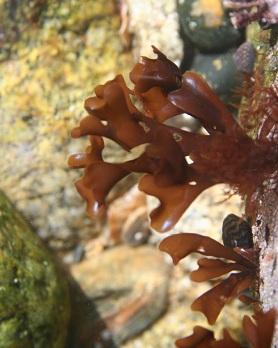Using AI to control energy for indoor agriculture
30 September 2024
Published online 28 March 2013

An international consortium of scientists has sequenced the genome of a red seaweed species called Irish moss (Chondrus crispus), giving insight into the evolution of algae and plants1
Writing in Proceedings of the National Academy of Sciences, the team, led by Jonas Collén of the University of Paris VI and including Ahmed Moustafa of the American University in Cairo, reported on the sequencing of the 105-megabase-pair genome.
The genome was found to be compact, with small amounts of non-coding DNA and small sets of related genes separated by short distances. The genes are clustered within gene-dense regions interspersed with repeat sequences derived from transposable elements, or 'jumping genes', which make up nearly three quarters of the entire genome.
Among the genes identified by the researchers were some that probably enabled red seaweed algae to adapt to the marine environment, including genes coding for enzymes involved in metabolizing halogens such as bromine and chlorine, and genes related to the synthesis of natural, fatty-acid-derived products called oxylipins.
The structure of the C. crispus genome also provides clues about the origins of the Archaeplastida, a large group of organisms that includes red and green algae and all terrestrial plants. It provides support for the idea that the common ancestor of the Archaeplastida was a single-celled, eukaryotic microorganism that fed on bacterial polysaccharides such as cellulose.
The researchers propose that when red algae evolutionarily diverged from green algae and plants, each group kept a different set of genes coding for cellulases, which help break down cellulose, while losing the rest. They suggest that after this divergence, red algae downsized their genomes, possibly as a way of adapting to high temperatures and acidity.
doi:10.1038/nmiddleeast.2013.43
Stay connected: